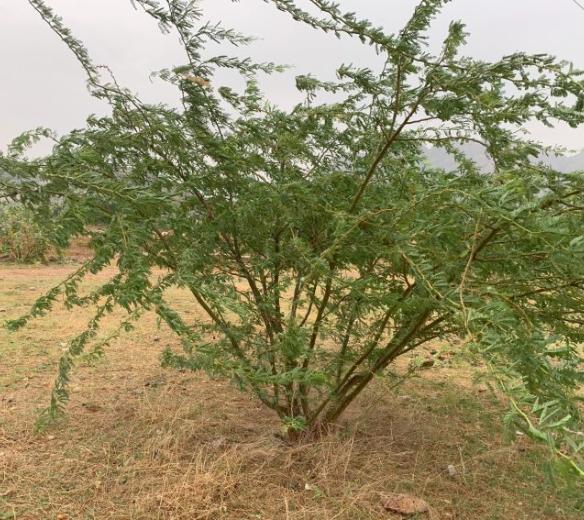The Problem

In South India, agriculture has been on decline. More and more young people are moving to urban cities like Chennai, Coimbatore, Bangalore or Hyderabad in search of jobs. Due to this, the population in the villages has been on decline. The existing population that is involved in agriculture is growing older. The average age of south Indian villages that is involved in agriculture is 45 years. Due to these effects, previously cultivated land is not used for agriculture and are left fallow. When land is left fallow, it is taken over by invasive species called Prosopis Juliflora (picture to the left). This plant is called Velikathan in Tamil Language. This extremely invasive species outgrows all the species and neutralizes the biodiversity of that region. This species outgrows the native trees and homogenously takes over the biodiversity of the place. If you travel to the South India, you will see large patches (many thousand acres) of land taken over by Prosopis Juliflora. Parallelly, the native biodiversity of the south Indian villages has been decreasing due to felling of trees for rural developmental activities. For example, trees like Kodukapuli (Pithecellobium dulce) or Ashoka Tree (Saraca Asoca) have become rare sightings. Once very common species, now, have been classified as vulnerable or endangered by IUCN. Loss of Biodiversity in Rural South India is the problem which we are trying to address through our initiatives

